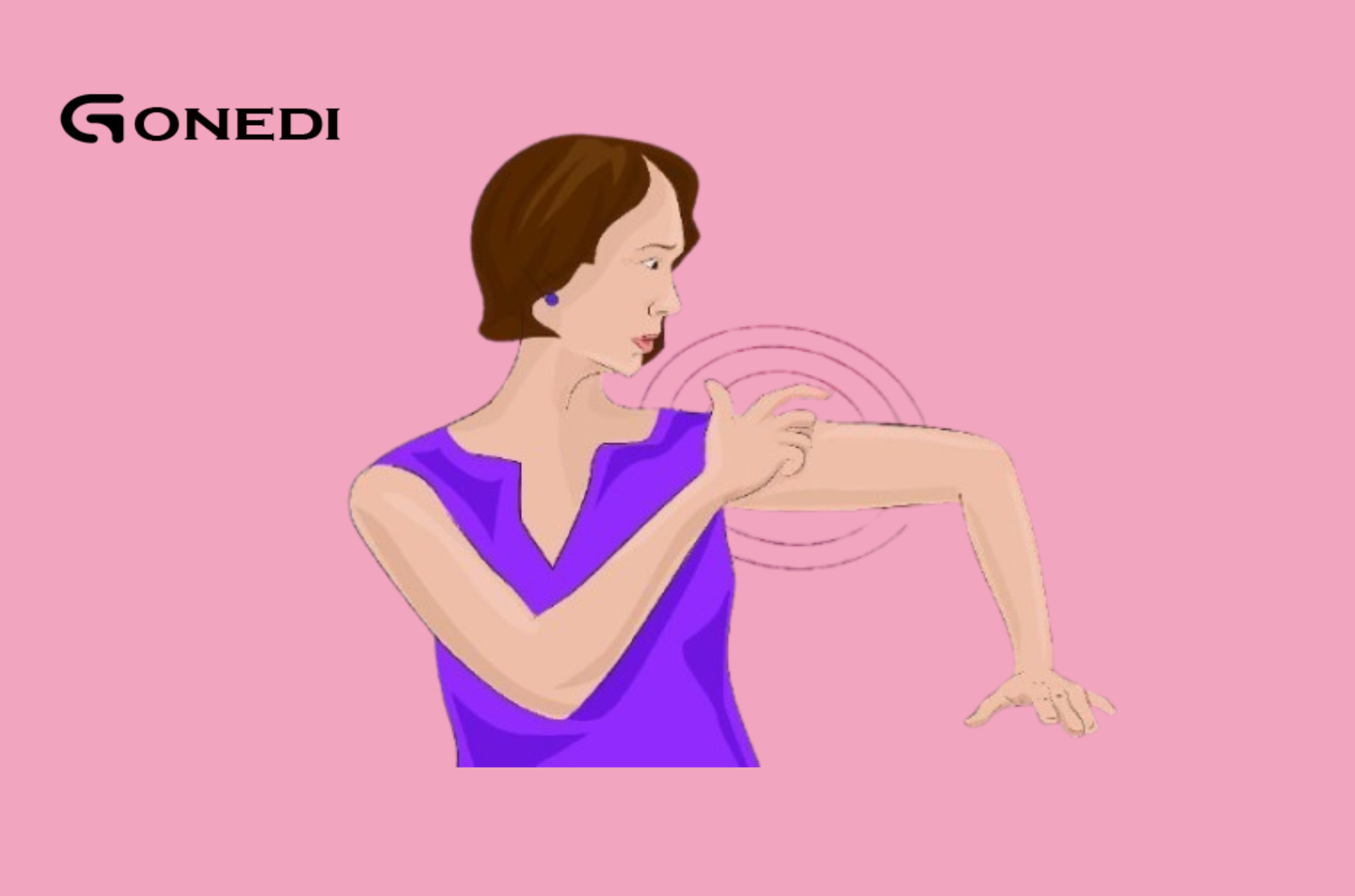One Month Before a Stroke: The Main Signs Your Body Will Show
Stroke is a leading cause of death and disability worldwide. It occurs when blood flow to part of the brain is interrupted or reduced, preventing brain tissue from getting oxygen and nutrients. Recognizing stroke symptoms early can dramatically improve outcomes and reduce the risk of serious damage. Surprisingly, your body can start showing signs of a stroke as early as a month before it happens. This article explores the most important signs to look out for in the weeks leading up to a stroke.
Understanding Strokes
A stroke occurs when there is a blockage or rupture of a blood vessel in the brain. There are two main types of stroke: ischemic strokes, caused by a blockage, and hemorrhagic strokes, caused by bleeding. Transient ischemic attacks (TIAs), often called mini-strokes, are temporary blockages that can serve as a warning of a future stroke.
Early warning signs
- Transient ischemic attacks (TIAs)
Transient ischemic attacks (TIAs) are brief episodes that mimic the symptoms of a stroke but do not cause permanent damage. They can last from a few minutes to several hours and often occur days or weeks before a full-blown stroke. Common symptoms of a TIA include:
Sudden numbness or weakness of the face, arm, or leg, especially on one side of the body.
Sudden confusion or difficulty speaking or understanding speech.
Sudden trouble seeing in one or both eyes.
Sudden trouble walking, dizziness, or loss of balance and coordination.
- Sudden severe headache
A severe headache with no known cause, especially if it is sudden and severe, can be an early warning sign of a stroke. This is more common in hemorrhagic strokes and should not be ignored, especially if it is accompanied by other symptoms such as vomiting or altered consciousness.
- Unexplained fatigue or weakness
Persistent fatigue or unexplained weakness, especially when it is localized to one side of the body, may indicate an impending stroke. These symptoms can be easily overlooked, but it is important to pay attention to such changes in your body.
- Vision changes
Sudden changes in vision, such as blurred vision, double vision, or even temporary loss of vision in one eye, can indicate a problem. These changes are often caused by decreased blood flow to the eyes or brain.
- Difficulty speaking or understanding speech
A stroke may be preceded by sudden confusion, slurred speech, or difficulty understanding others. This can happen suddenly and may go away quickly in the case of a transient ischemic attack, but it is a serious warning sign.
Risk factors and prevention
Certain risk factors increase the likelihood of stroke, including high blood pressure, diabetes, smoking, obesity, and a sedentary lifestyle. Managing these risk factors through lifestyle changes and medical intervention can significantly reduce your risk of stroke.
What to do if you notice these signs
If you or someone you know is experiencing any of these warning signs, it is important to seek medical attention immediately. Use the acronym FAST to remember the key symptoms:
Face: Is one side of your face drooping?
Arms: Is one arm weak or numb?
Speech: Is your speech slurred or difficult to understand?
Time: It is time to call emergency services immediately.
Early intervention can save lives and reduce the severity of a stroke. Be vigilant and spread awareness about these early warning signs to help others recognize and respond to potential strokes in a timely manner.
Conclusion
Recognizing the signs your body may be showing up to a month before a stroke can be life-saving. By understanding and acting on symptoms such as transient ischaemic attacks, severe headaches, unexplained fatigue, changes in vision and speech difficulties, you can reduce your risk of severe outcomes. Stay informed, monitor your health, and consult a healthcare professional if you notice any worrisome symptoms.


